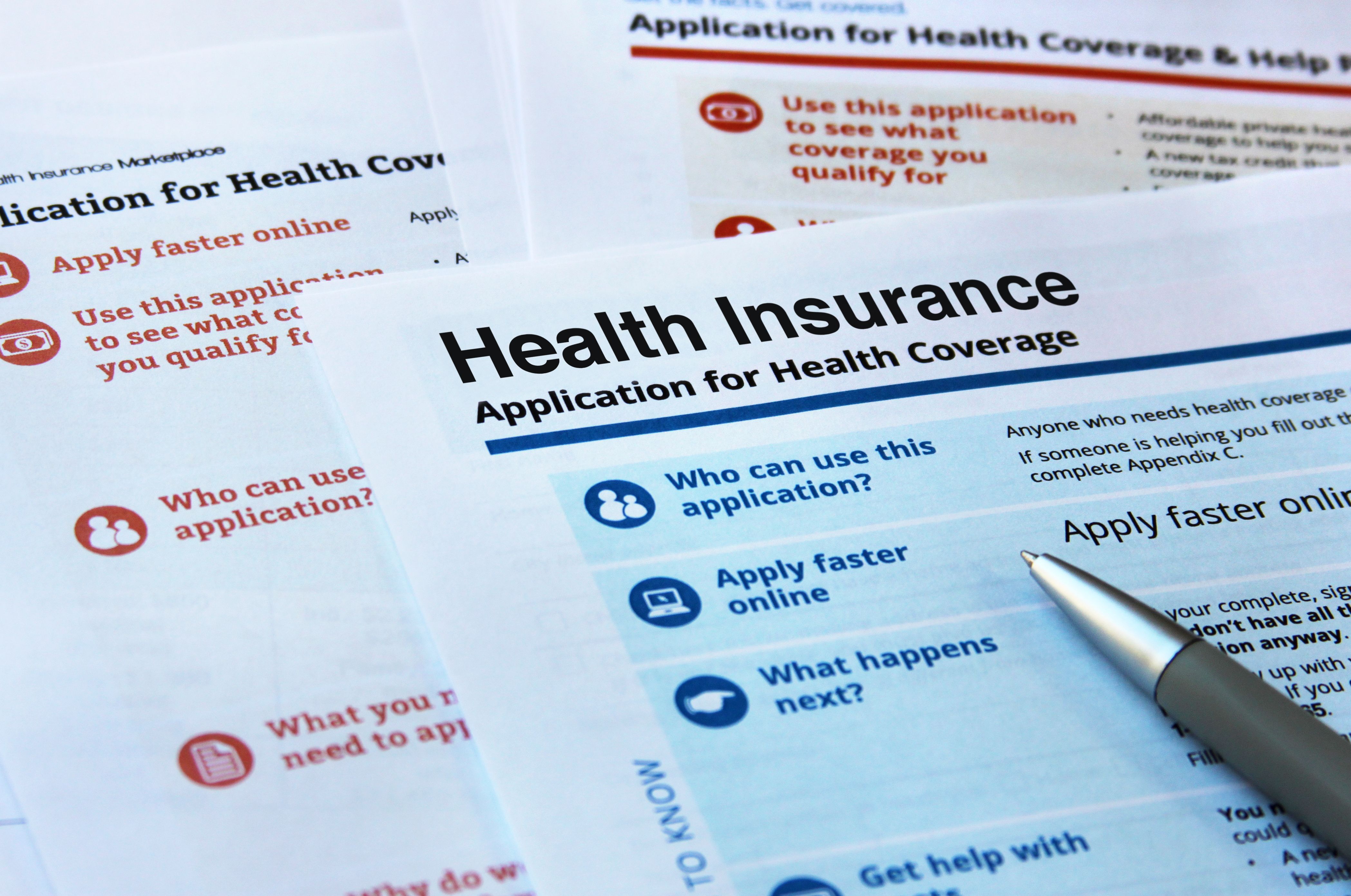- Center on Health Equity & Access
- Clinical
- Health Care Cost
- Health Care Delivery
- Insurance
- Policy
- Technology
- Value-Based Care
Meaningful Health Changes Possible Through Reducing Obstacles to Safety-Net Programs
Safety-net programs need to not only be budgeted for but also aimed at the right people to ensure receipt of proper health care.
Simple and clear processes to access safety-net programs should be established to make sure that money budgeted for these programs gets to those most in need, according to an article published on Health Affairs Forefront.1 Meaningful change in individuals’ lives can be made through reducing obstacles to these programs.
The Medicaid Continuous Enrollment Provision is nearing its conclusion, which could cause an estimated 24 million people to lose coverage. Understanding and completing paperwork, along with other procedural reasons, has been found to be the primary cause of disenrollment in 72% of individuals. Other safety-net programs have similar problems, with individuals with disabilities, limited English proficiency, and older age having more difficulty enrolling and staying enrolled in safety-net programs.
Application for health coverage | Image credit: Annap - stock.adobe.com

Health, job-related, and age-related changes that affect an individual economically are addressed through safety-net programs in the United States, with Medicaid providing health insurance to those of low income. Other safety-net programs include the Supplemental Nutrition Assistance Program (SNAP), which provides food vouchers, and Temporary Assistance to Needy Families, which provides money to those in need. However, access to these programs can be unequal in terms of the administrative burden.
This administrative burden can occur through learning fees, where money is spent on teaching those in need about a program, as well as psychological costs to reduce the stigma of these government plans and compliance costs in the inconsistency of the eligibility or challenges in applying for the programs. Because of these challenges, many people who are eligible for programs do not access them or do not end up with the resources that they need.
An analysis published online by Forbes in 2019 found that very few individuals enrolled in multiple programs, which could suggest that individuals aren’t getting all the help that they are eligible for.2 Thirty-one percent of households who were below the federal poverty line by 130% or more claimed they used more than 1 safety-net program whereas 46% claimed they had not ever used a safety-net programs, although this drops to 38% if Medicare is added to the list of social programs. These results were based on survey data, which could underreport the true number.
Administrative obstacles, which include submitting paperwork and attending meetings before benefits can be received, should be a driver of health, as programs that provide nutrition and health coverage can be made inaccessible if there are burdens that cannot be overcome. A study found that safety-net programs expanding was able to notably improve health, with Medicaid expansion being associated with lower out-of-pocket costs and improved self-reported health in patients who had lower income.3 In addition, Medicaid access improved health, decreased the use of hospital care, and encouraged higher rates of preventive care, which are all benefits of Medicaid expansion.
Food insecurity can be alleviated through enrollment in SNAP, which could help individuals with lower income avoid chronic conditions such as diabetes and heart disease. Participation in SNAP has been linked to lower acute health care use even though 22% of people eligible for the program are enrolled. Expensive forms of health care have been found to be reduced when people with medical needs are given permanent or transitional housing, but getting this housing can be difficult.
Reducing obstacles inherent in administrative burdens can help to improve safety-net access and health. This includes making online applications for these safety-net programs. Currently, 5 states offer applications that encompass all 5 safety-net programs into 1 application. This could streamline the application process and let individuals know they are eligible for this help. Individuals are also more likely to apply for these programs if they are given the information that they are eligible. Addressing learning costs by providing information and destigmatizing language increased applications to rental assistance programs by 52% and 18% respectively. Customized information, support from navigators, and financial assistance improved Creating Moves to Opportunity program results compared with a control group.
Reducing administrative barriers to safety-net programs can help with health outcomes overall, as those with more stable housing, health insurance, and meals have more stable health than those without. Simpler processes to applying for safety-net programs can bring about meaningful changes in the health of individuals of low economic status.
References
1. Schweitzer A, Mathur A. Reducing administrative burdens to increase access to safety net programs. Health Affairs Forefront. November 22, 2023. Accessed November 28, 2023. https://www.healthaffairs.org/content/forefront/reducing-administrative-burdens-increase-access-safety-net-programs
2. Mathur A. Proposal for a new US social safety net: direct cash support and one-stop shop. Forbes. October 22, 2023. Accessed November 28, 2023. https://www.forbes.com/sites/aparnamathur/2022/12/30/proposal-for-a-new-us-social-safety-net-direct-cash-support-and-one-stop-shop/?sh=78ab28725a58
3. Medicaid expansion is associated with improved access to care and self reported health, US study finds. BMJ. 2016:354:i4455. doi:10.1136/bmj.i4455
